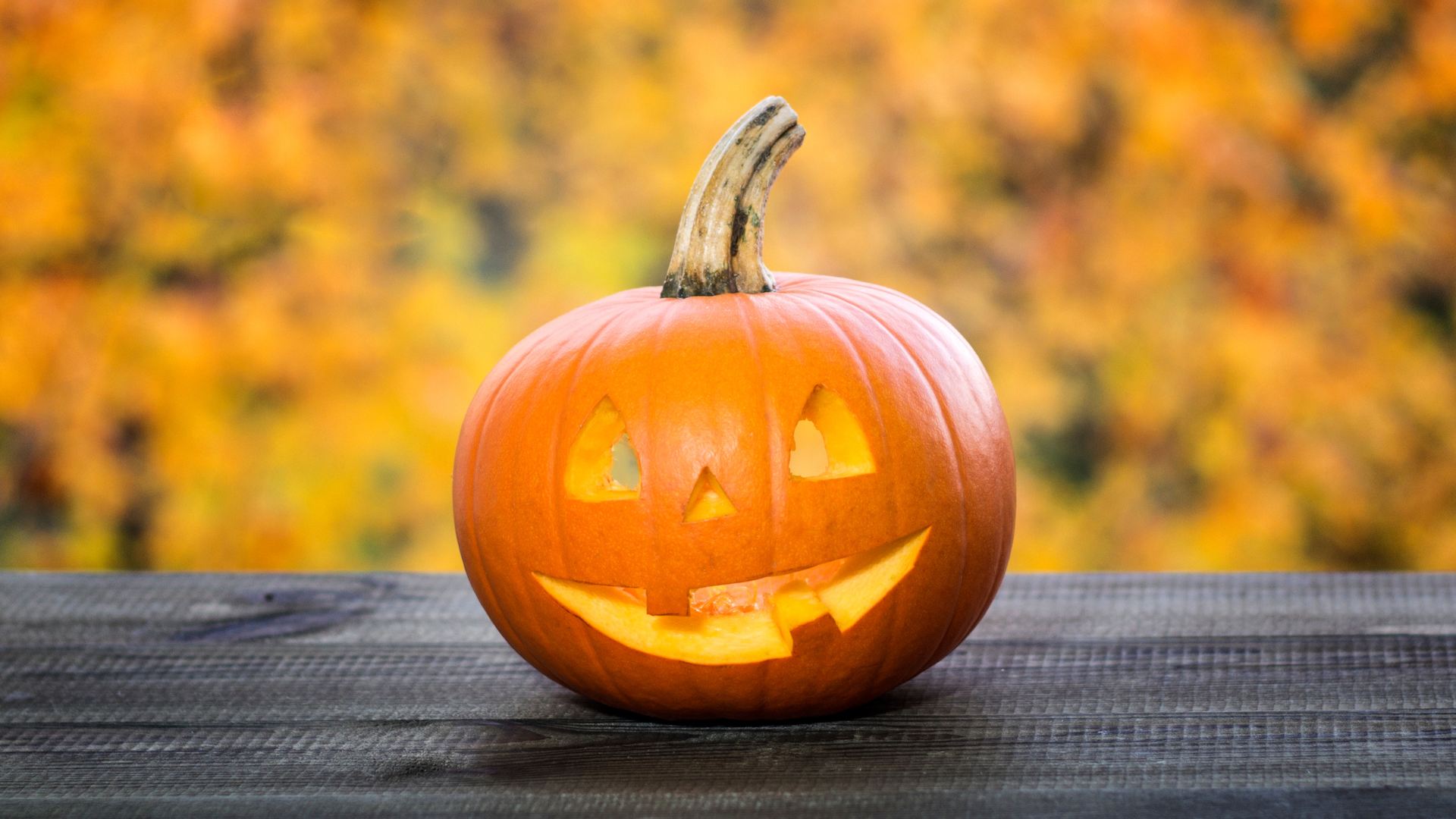Halloween, with its costumes, candy, and spooky decorations, is a favorite holiday for many, but few stop to contemplate where these traditions originate. Let’s explore Halloween’s rich and mysterious history that’s deeply rooted in cultural practices across the world. We will peel back the layers to see the common themes in how different cultures celebrate this time of year.
The Celtic Roots of Halloween: Samhain
Halloween’s earliest known ancestor is Samhain (pronounced “sow-in”), a festival celebrated by the ancient Celts over 2,000 years ago to mark the end of the harvest season and the beginning of winter—a time associated with death. For the Celts, the night of October 31st was when the boundary between the worlds of the living and the dead was believed to be thinnest. Spirits were thought to roam the earth, and people would light bonfires, wear disguises, and leave offerings to protect themselves from mischievous or malevolent entities.
As Christianity spread, Samhain began to blend with Christian traditions, transforming into All Hallows’ Eve on October 31st, which preceded All Saints’ Day on November 1st—a day to honor saints and martyrs. This combination of pagan and Christian traditions eventually evolved into the Halloween we know today, with its focus on costumes, spooky decorations, and a touch of the supernatural.
The Story of Stingy Jack and the Birth of the Jack-o’-Lantern
One of Halloween’s most iconic symbols, the jack-o’-lantern, has its origins in Irish folklore. The tale of Stingy Jack tells of a trickster who managed to fool the devil himself, ultimately leaving him condemned to wander the earth for eternity. Unable to enter heaven or hell, Jack carried a hollowed-out turnip with a burning coal inside to light his way, thus becoming “Jack of the Lantern,” or jack-o’-lantern.
When Irish immigrants brought this tradition to America, they found pumpkins—native to North America—to be ideal for carving. Pumpkins were easier to hollow out and carve than turnips, and so, the American jack-o’-lantern was born, eventually becoming a quintessential Halloween decoration that blends Irish lore with American innovation.
Halloween Around the World: A Celebration of Spirits and Ancestors
While Halloween is most popular in the U.S. with its costumes, trick-or-treating, and haunted houses, different countries have their own unique ways of honoring the season:
- Ireland & Scotland: The birthplace of Halloween still celebrates Samhain with traditional bonfires, pranks, and games like bobbing for apples. Irish families often make barmbrack, a fruitcake with charms hidden inside that tell the future.
- Mexico & Latin America: In Mexico, Halloween merges with Día de los Muertos (Day of the Dead) on November 1st and 2nd. Rooted in ancient Aztec traditions, Día de los Muertos is a vibrant celebration where families honor deceased loved ones with ofrendas (altars), marigolds, and sugar skulls. Believing that the spirits return to the land of the living, people gather for feasts, decorate graves, and share stories to celebrate life and memory.
- Japan: Though not a traditional Japanese holiday, Halloween has gained popularity in cities like Tokyo, where costume parties, parades, and haunted events are celebrated with enthusiasm, though without the custom of trick-or-treating.
- Slavic Countries: In countries like Belarus, Poland, and Lithuania, the tradition of Dziady (meaning “grandfathers” or “ancestors”) is observed around Halloween, typically on October 31st or November 1st. Families prepare meals for departed loved ones, set up candles to light their way, and may even set a place at the table for spirits. It’s a solemn time for remembering and connecting with ancestors.
Slavic Harvest Festivals: Dożynki and Obzhynki
Slavic harvest festivals like Dożynki in Poland and Obzhynki in Russia are vibrant celebrations that honor the earth’s bounty and mark the end of the harvest season. While Halloween itself is not traditionally celebrated, these harvest festivals reflect similar themes of gratitude, remembrance, and community:
- Dożynki (Poland): Celebrated in late August or early September, Dożynki involves making a harvest wreath from the last sheaf of grain, which is blessed at church. Villagers share food, drink, music, and dance in thanksgiving for a fruitful season.
- Obzhynki (Russia): Observed at the end of the harvest season, Obzhynki celebrates the cutting of the final grain sheaf, which is braided and kept as a good luck charm for the coming year. Traditional foods, music, and community gatherings are essential parts of the festival, celebrating the relationship between people and the land.
All Saints’ Day and Día de los Muertos: Honoring the Departed
Following Halloween, All Saints’ Day is celebrated on November 1st by many Christian communities as a day to honor saints, martyrs, and loved ones who have passed away. Churches often hold special services, and families visit cemeteries to place candles and flowers on graves, showing respect and remembrance.
Similarly, Día de los Muertos takes place on November 1st-2nd in Mexico and parts of Latin America, blending indigenous beliefs with Catholic traditions. This holiday is joyous rather than spooky, as families believe their ancestors’ spirits return to celebrate with them. Altars are decorated with candles, flowers, and favorite foods of the departed, embracing life and memory in a vibrant celebration.
Halloween Today: A Blend of Old and New
Modern Halloween brings together ancient traditions, folklore, and cultural adaptations into one season of community and celebration. Whether we’re lighting a pumpkin on the porch, sharing a feast with family, or honoring ancestors, Halloween encourages us to connect with the past, celebrate the present, and acknowledge our shared humanity.
So, as you carve your pumpkin or enjoy a costume party this Halloween, remember the layers of tradition that brought us to this moment—from the Celtic bonfires of Samhain to the ancestral altars of Día de los Muertos, and the harvest festivals that give thanks to the earth. Here’s to a Halloween filled with connection, reflection, and a bit of spooky fun! 🎃
Share Your Halloween Traditions!
Add your photos or share your family’s Halloween or autumn traditions to showcase how you celebrate this special season in the comments below.


